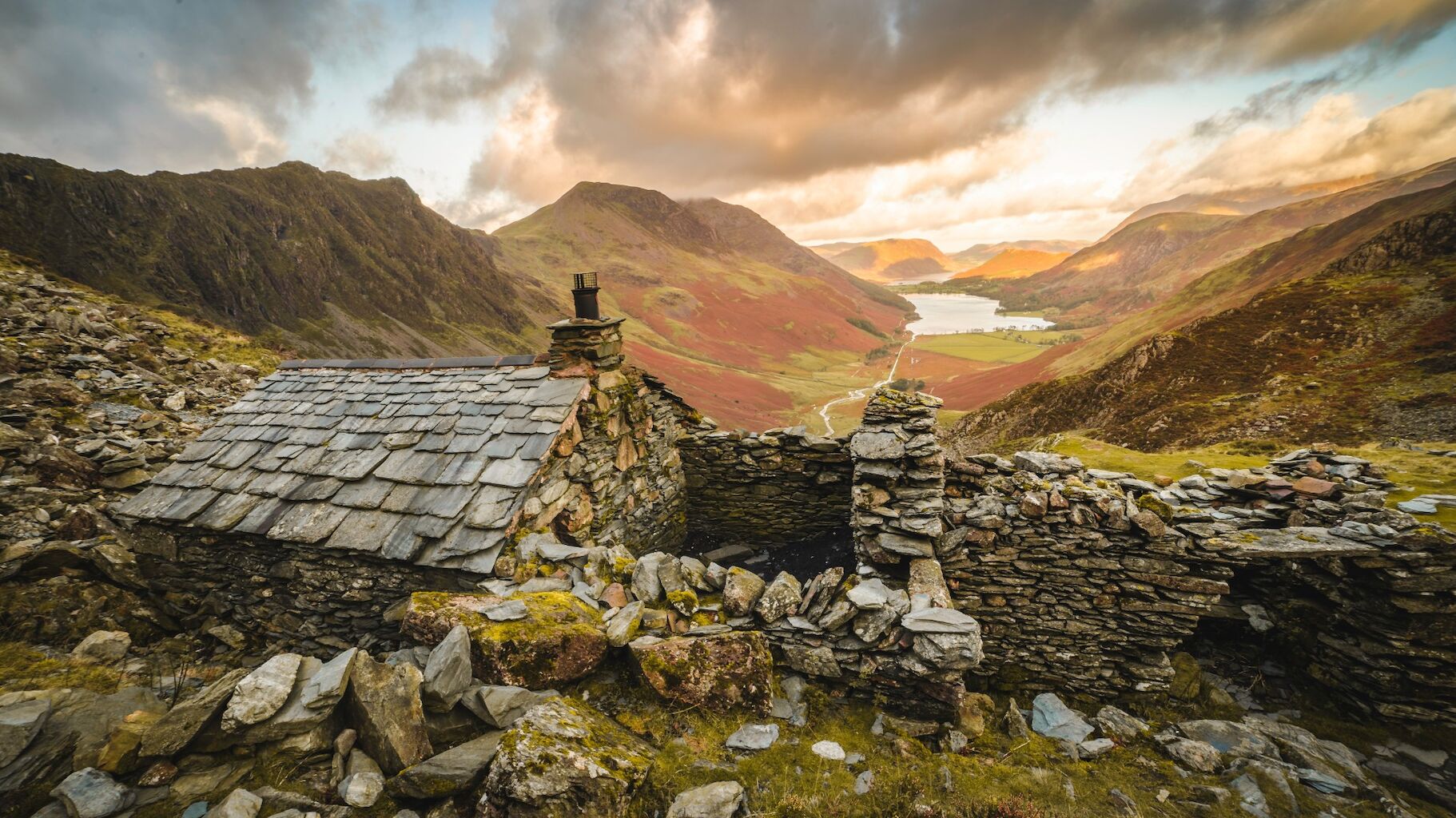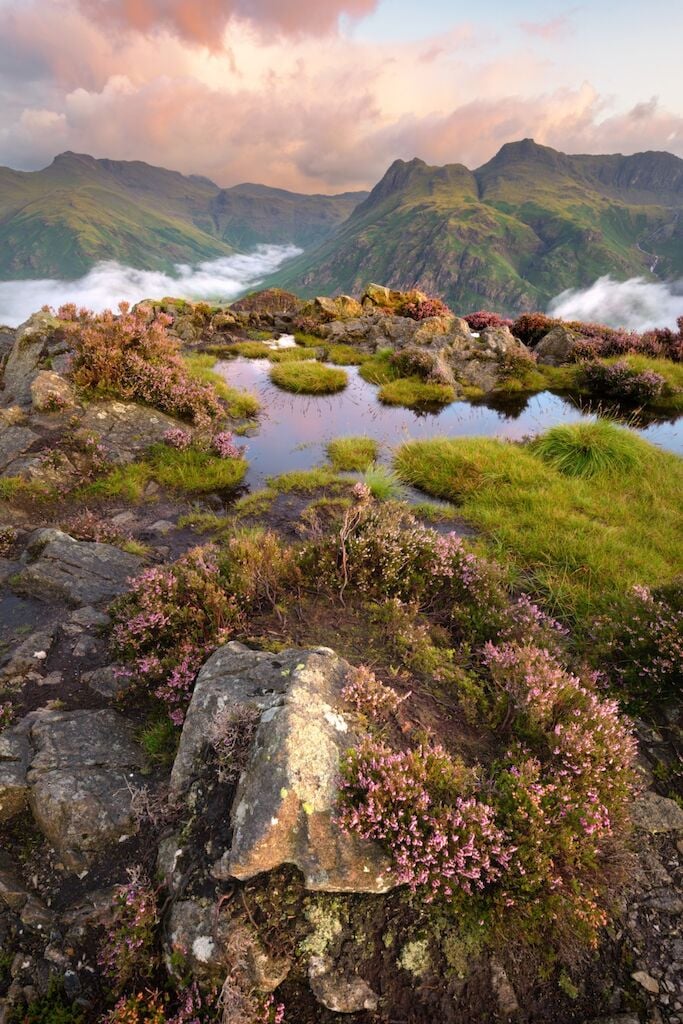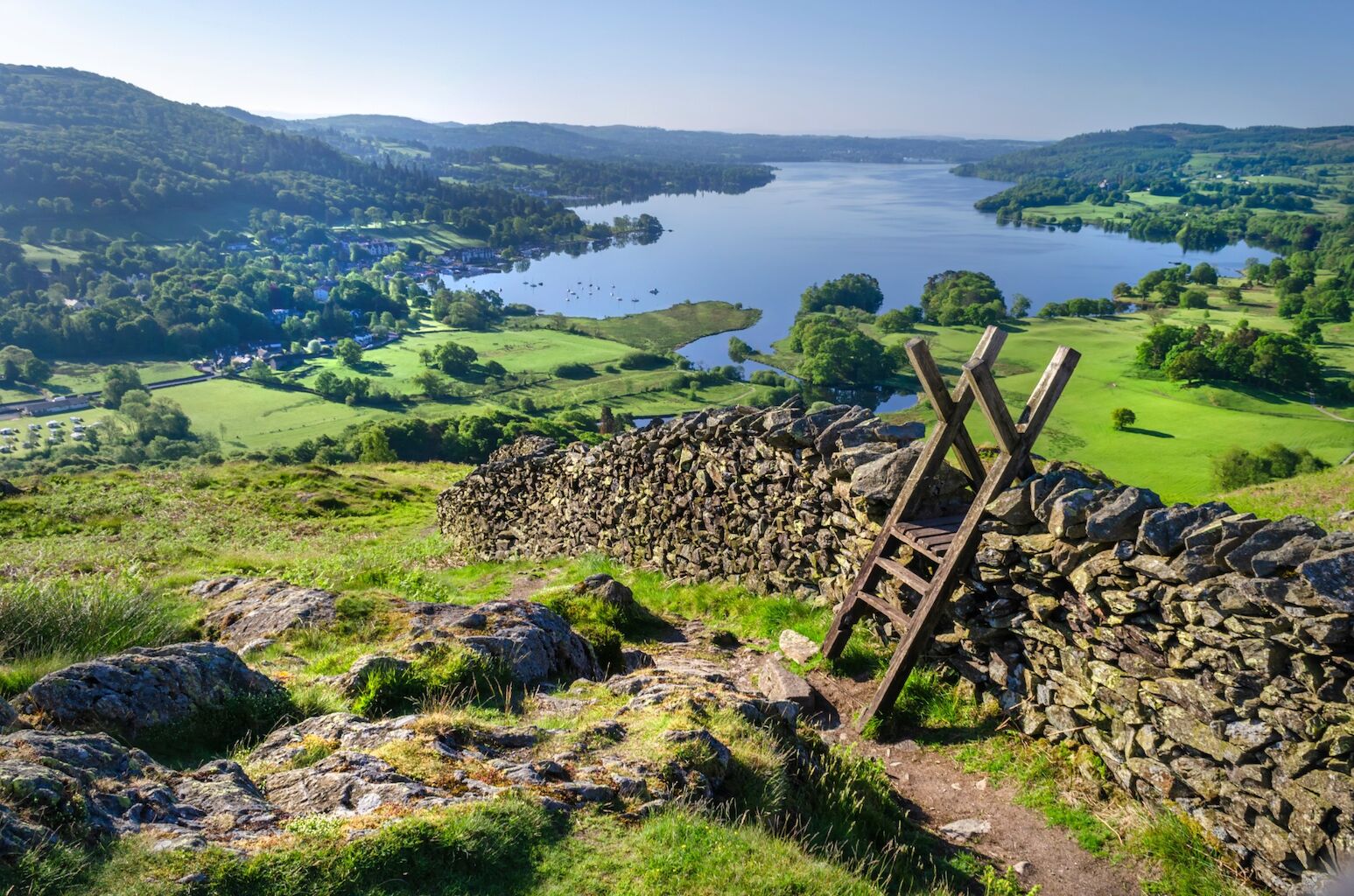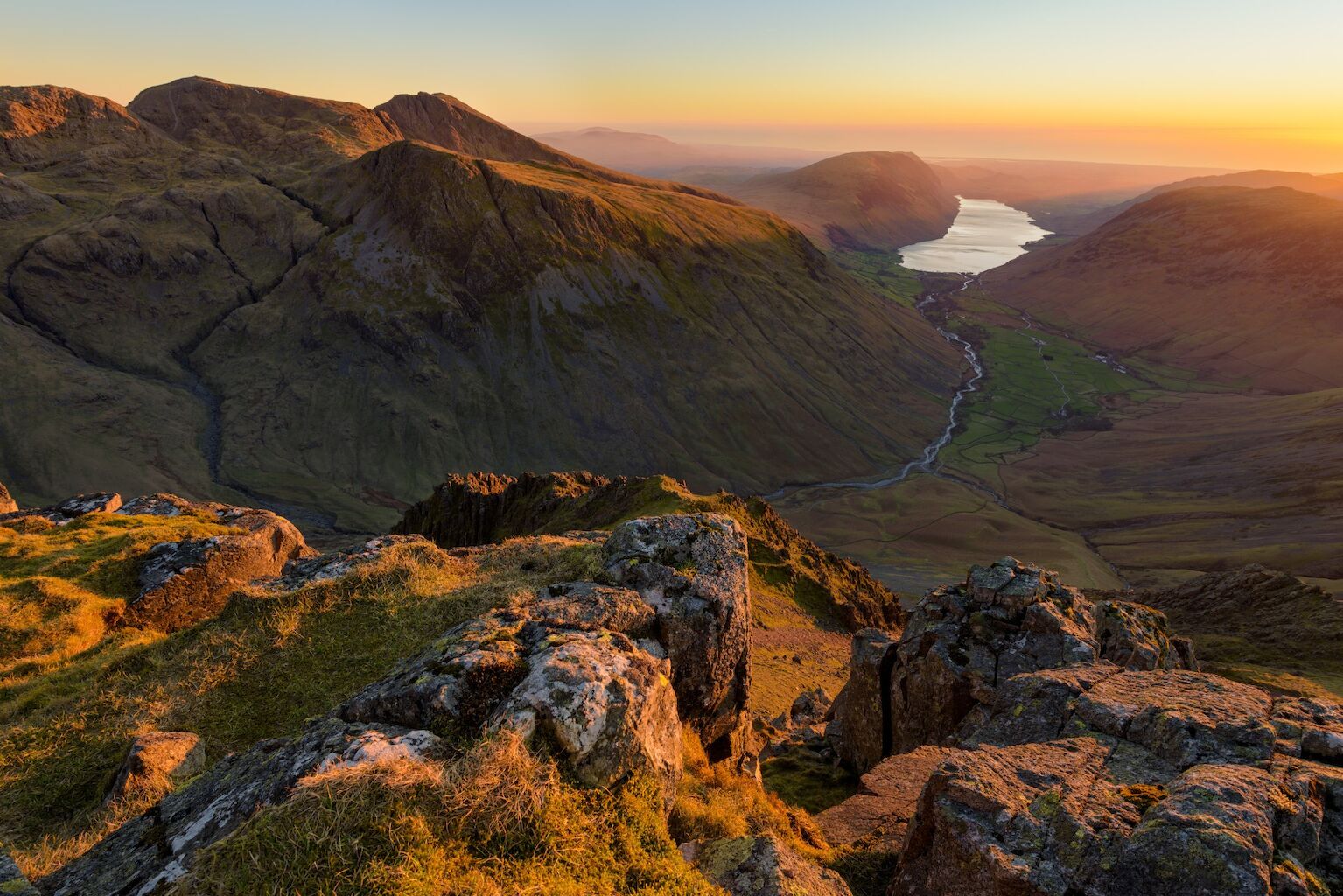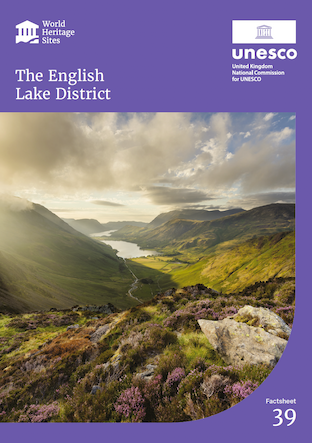The English Lake District
The English Lake District is a cultural landscape. A landscape of exceptional beauty, shaped by persistent and distinctive agro-pastoral traditions and local industry which give it special character. A landscape which has inspired artistic and literary movements and generated ideas about landscapes that have had global influence and left their physical mark. A landscape which has been the catalyst for key developments in the national and international protection of landscapes.
What makes this UNESCO Designation special?
The English Lake District is England’s largest World Heritage Site and is the only one that is also a National Park. This site has a permanent population of 40,000, but a temporary tourist population of more than 19 million.
This is a landscape of exceptional beauty with mountains and lakes shaped by geology and people engaged in farming and local industries such as quarrying which has shaped the location of settlements, landscape features and traditional architecture and use of local materials.
It is a landscape which influenced artists, poets, and writers such as William Wordsworth and lead to appreciation of, and generated ideas about, landscapes and creating designed landscapes to augment the natural beauty. It influenced ways of viewing the landscape and producing guides to attracting visitors to this landscape and view sites such as Aira Force Waterfalls, Claife Viewing Station.
The Lake District is a landscape which has been the catalyst for key developments in the national and international protection of landscapes such as the National Trust and National Parks. Recognising that the landscape has value and that everyone has a right to appreciate and enjoy it. It inspired people to seek to protect the landscape and a way of life such as Beatrix Potter and her legacy of farms so helping to safeguard traditional farming.


